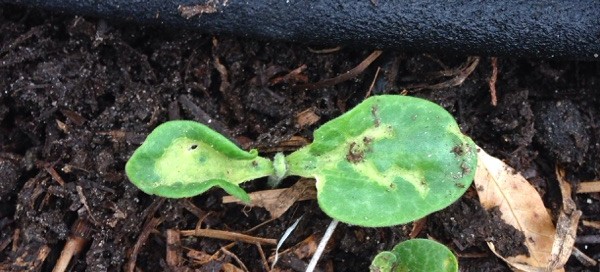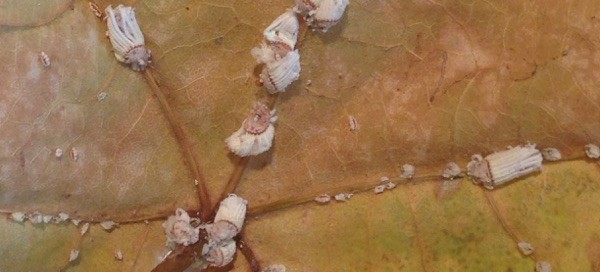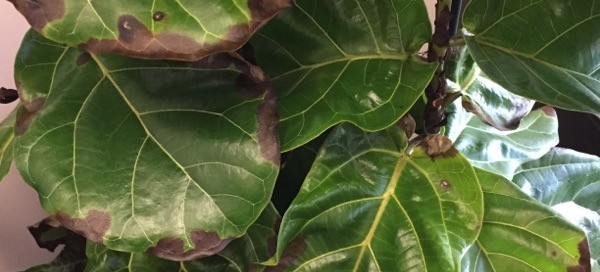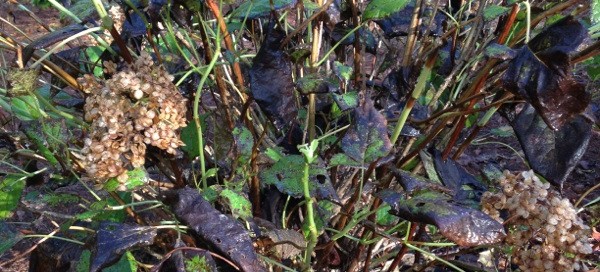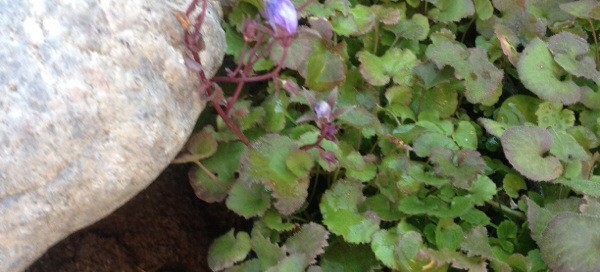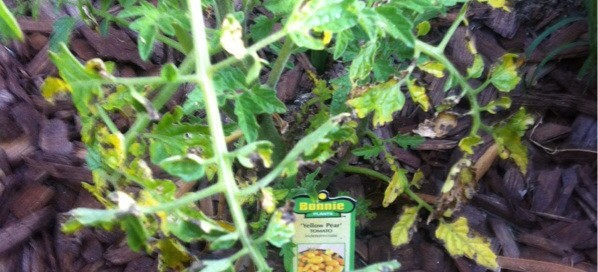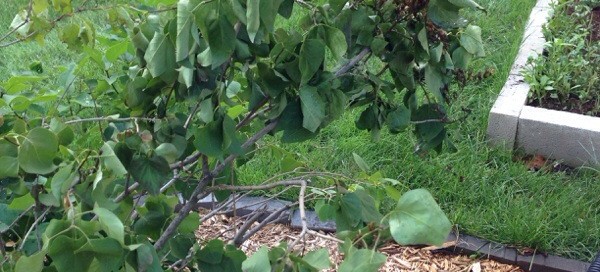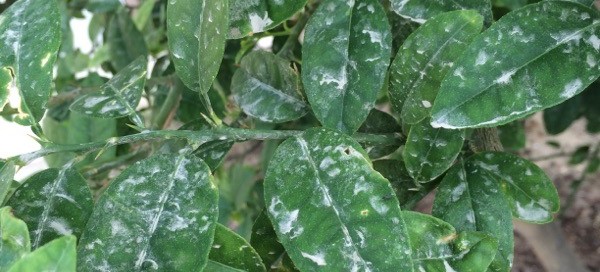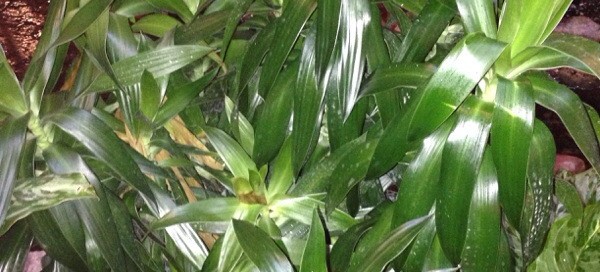Leaf Miners
Not to worry these are just leaf miners. A tiny fly visited your plant last week and deposited a single egg between the upper and lower leaf surface. The egg has hatched and turned into a hungry little worm which is eating all of the good stuff inside. First of all -- they will not effect the quality of quantity of the tomatoes. They don't bother the fruit and they're so small the plant can still produce tomatoes with a few leaf miners eating their way through your leaves. It's okay. The easiest way to get rid of them is to simply remove the leaf and throw it away. You can also squish the little worm inside by squeezing the entire leaf between your thumb and forefinger a couple of times -- ugh :( Or, you can just leave him alone. It's not hurting anything.
